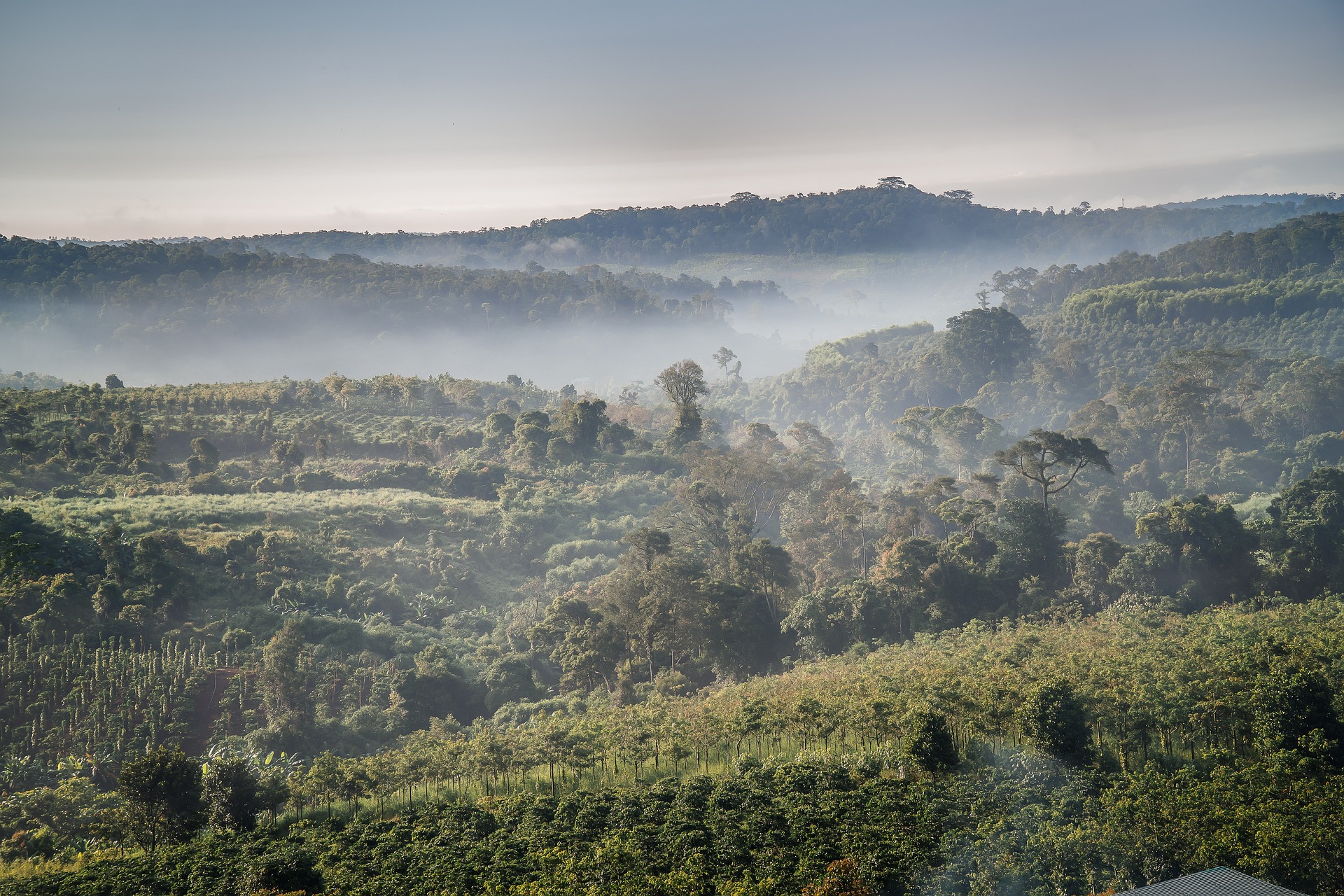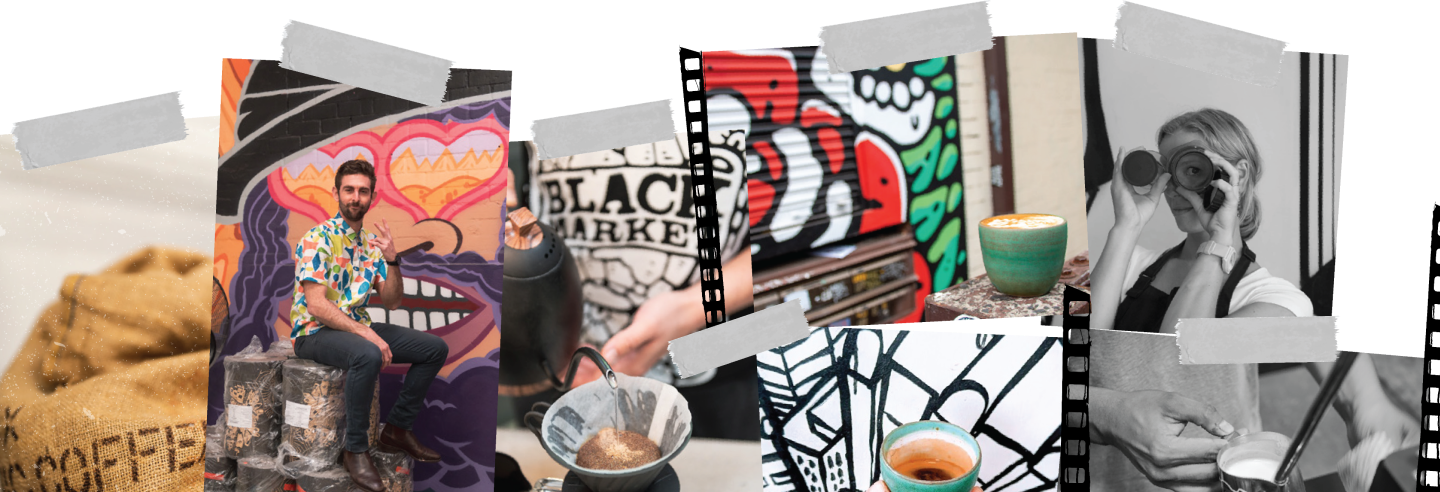
COFFEE IN TIMOR LESTE
Timor Leste has a turbulent history, and one I know very little about. This should be surprising considering how close a neighbour Timor Leste is to Australia, but also considering how little history I know of the Eora nation where we make coffee every day, is not so surprising after all.
Let’s tip the Timor Leste knowledge scales a little in our favour today.
We have long enjoyed coffee from this now independent island nation, but after Ethiopia, Colombia, Kenya and many, many others, it would not be even in the top ten coffee producing countries to come to mind. This ends now.*
Firstly, we have to rid from our minds, that just because we don’t know much about coffee in Timor Leste, means that there’s not much to know. I would say this is a beneficial precaution to take with many things I don’t know much about – flora and fauna in Antarctica, ancient Incan poetry, and dark matter. Because despite me not knowing much, producing coffee is woven into Timor’s history of occupation, colonisation, invasion, and independence from Portugal and Indonesia since the 1850’s, which is longer than I’ve known anything.
Timor Leste’s coffee history
Coffee was introduced by the Portuguese, and quickly became a significant export after oil. Oil is still however their primary export, but as green bean importer’s Raw Material note, this resource is likely to be depleted within 14 years. This puts coffee in good stead to become the nation’s leading export, and so specialty coffee organisations and companies pouring energy, education, and expertise into this country will hopefully have a dramatic and lasting impact.
Special coffee varieties found in Timor
Timor Leste is already home to the unique variety Hybrido de Timor, a cross species of arabica and robusta (before you run, read more about robusta here), which due to its hardiness against leaf rust and other common coffee maladies, but also superior flavour to regular old robusta (okay, so while I am on a mission to clear the dirt from robusta’s name – it was the 1950’s, and robusta probably tasted awful), kept the coffee industry thriving. (See? Another win for robusta.)
Now and in the future
It is this kind of ingenuity and innovation that will very hopefully see the industry in Timor Leste see new heights, though it has many obstacles to overcome. Organisations like Raw Material are working with the entire supply chain from farmer to governments and international banks to build needed infrastructure, revise farming practices, and educate the wider community on the benefits of specialty coffee (via producing a reality TV show where contestants compete to produce the best coffee. Aired nationwide.**), with the ultimate goal of raising the profitability of farming coffee, which would in turn not only improve the quality of coffee produced, but the livelihoods of the farmers, and the country as a whole.
With lots of high quality coffee already coming out of Timor Leste, we’re really looking forward to how high it’s going to go while sipping a cup of TIMOR LESTE MOTA BANDEIRA.
*Apologies to the country getting booted out of the top ten, I wish you all the best.
**As an aspiring actor, I’m really happy for these baristas with no thespian aspirations to land prime time television roles. Just like how proud I am of my father, with no experience of stage or camera craft, goes on holiday to Oman and ends up giving a monologue on national television. Just thrilled for their success.
Be The first to know about new digs.

